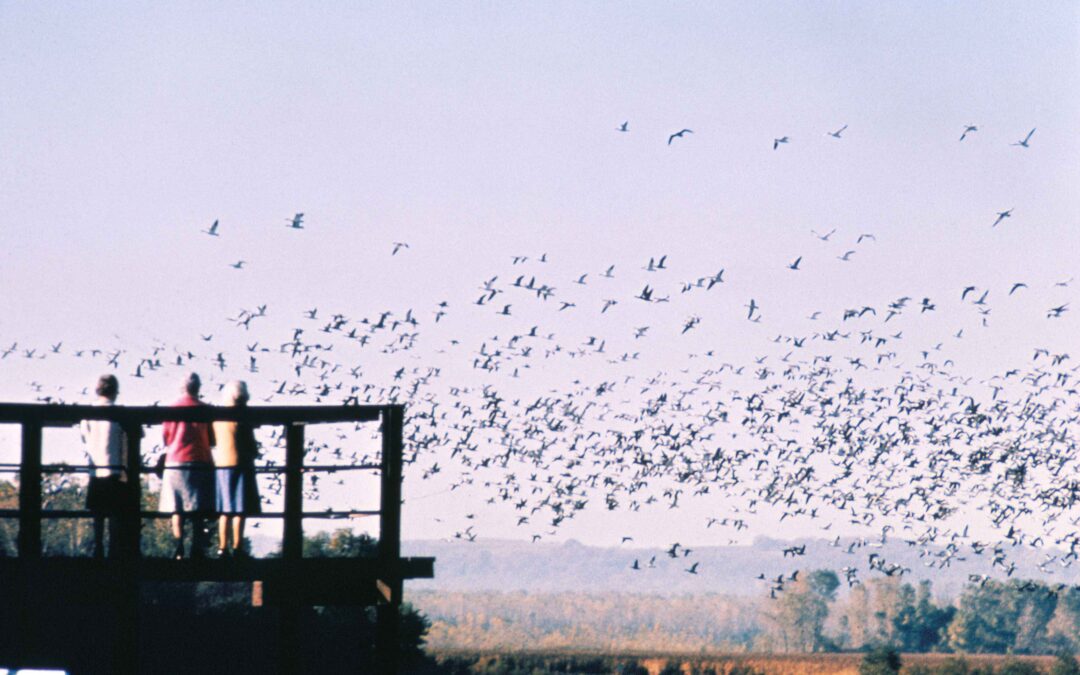Did you know that anyone, including you, can contribute to real-world science projects? You can work with scientists and other volunteers in gathering data that can help to answer real-world questions and learn about and gain confidence in scientific processes at the same time. You don’t even need a science degree!
You may have heard of these citizen science projects: The annual Christmas Bird Count, sponsored by the Audubon Society, and the Great Backyard Bird Count in February, at the beginning of spring migration. These annual counts help naturalists assess the health of bird populations world-wide, by counting at specific locations at the same time every year. But there are more bird projects out there! The Celebrate Urban Birds Project volunteers count bird species and individuals in urban settings, and Cornell Laboratory of Ornithology crunches their numbers and analyzes their data. NestWatch is a continent-wide project that monitors bird nests, and is organized by Cornell and the Smithsonian Migratory Bird Center.
You can count butterflies in their neighborhood for the Big Butterfly Count, or moths for International Moth Week, or bumblebees for Bumble Bee Watch; all of these help to track important pollinator data. You can help NASA by volunteering for Stardust@home, searching for tiny interstellar dust impacts with a telescope. (You might even have an interstellar dust particle named after you!) Help monitor water quality for World Water Monitoring Day. Measure the real-world impact of light pollution worldwide with Globe at Night by calculating the brightness of the night sky where you live. Experts, including astronomers, can utilize your data to understand the effect of pollutants on night sky visibility and insect populations, plant growth, and bird migration. Project BudBurst volunteers monitor plants to observe the timing of various stages of plant growth. This data helps scientists understand how changing temperatures and climate patterns might affect agriculture and the greater environment.
Some citizen science projects we participate inhere at SHADOW are our amphibian egg mass monitoring and bat monitoring (in partnership with Woodland Park Zoo) and our first annual Moth Night, during International Moth Week. All of these wildlife counts help monitor the biological diversity in different areas of the preserve.
There is a citizen science project for just about anything that might catch your interest, and we exist in an amazing state of connectivity. According to the RAND organization, “Citizen scientists have provided on-the-ground data and expertise on everting from chemical pollution to climate change to COVID outbreaks.” In fact, RAND is such a believer in the benefits of citizen science, their researchers have published a DIY guide (visit their website to download). A recent study calculated that in just the research of biodiversity, citizen scientists contribute services of up to $2.5 billion annually. Data collection is time-consuming, requiring a lot of people hours, and that people-time can be tedious and expensive. But if many people contribute their time and observations a little at a time, for fun, more work can be done.
When I’m not at SHADOW (and even when I am) I enjoy meandering through different ecosystems, looking for fungi, insects, wildflowers, and anything else I may not have seen before. My favorite tool to use for identification is iNaturalist. Overseen by the National Geographic Society, it is a powerful tool for identification and mapping of species everywhere in the world. What I really appreciate about this app, compared to other identification apps, is that experts often check id’s of the observations that I upload, and will chime in with corrections or confirmations, and then I can ask them questions. Once or twice I have even located a rare species that caught the notice of an expert. iNaturalist is free, can be an amazing tool, and it’s always right there in your pocket, and I find that it is much more accurate than the apps that are pre-loaded into our phones.
Community Citizen Science – RAND
By: Shelley Pasco, SHADOW Land Management Specialist


Recent Comments